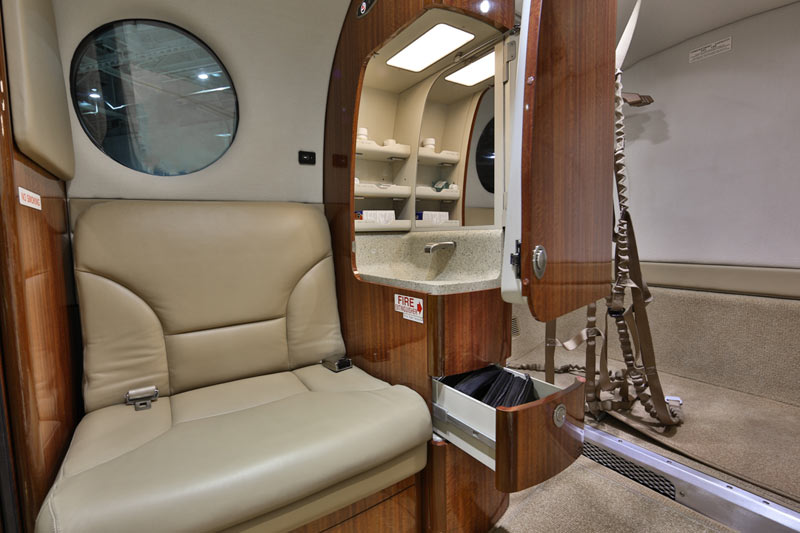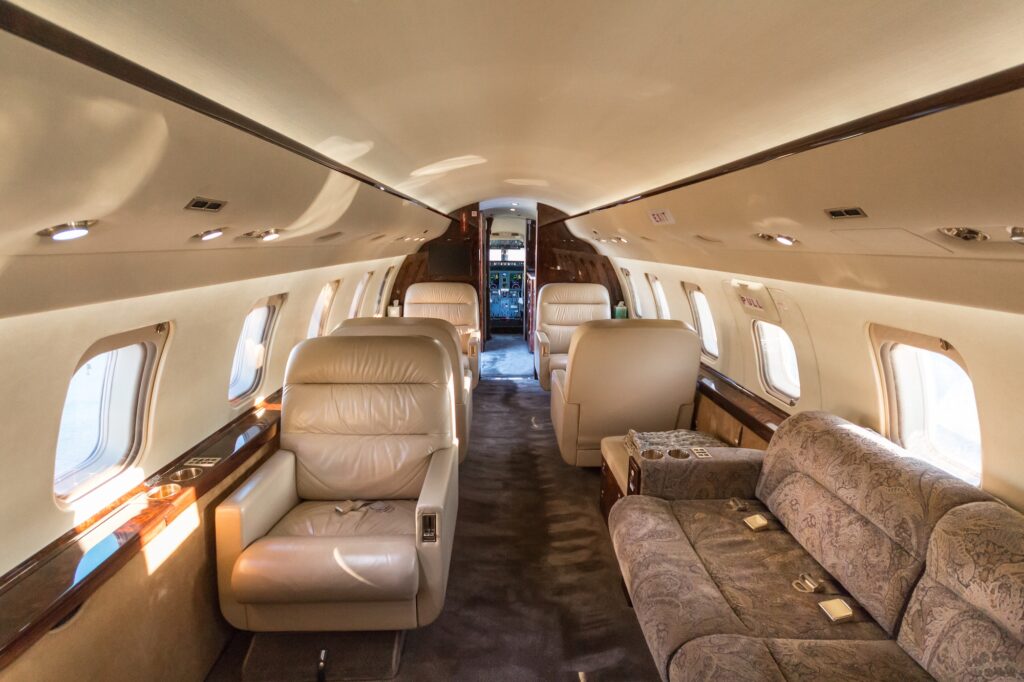This blog is Part Two of a series called “Niche Lending – Business Aviation,” written by Shelley Svoren of First Republic Bank. Part One, which breaks down the global market for business aviation financing, is available here: Part 1
Financiers should acquaint themselves with a number of risks prior to entering into business aircraft transactions. Risk is defined in a variety of ways, but the underlying issues focus on answering the question, “How will our institution be repaid?” Above and beyond the financial risks, one must understand the tax, regulatory, and legal implications of one’s client’s decisions regarding the operations of the aircraft. Addressing these issues at the onset of the relationship is paramount as it will impact structuring, and these issues must be reassessed over time:
- How will the aircraft be used? Knowing the number of annual hours of use is critical to determining the forecast Fair Market Value (FMV), which enables a financier to structure the loan accordingly. Furthermore, the use of an aircraft results in the operating costs, which can exceed the financing expense threefold.
- Will the client engage aviation counsel and tax advisors? Given the complexities of aviation tax and laws, an owner should retain aviation specialists who will work with their existing tax and legal advisors.
- How will maintenance be addressed? Enrolling an aircraft and its components in maintenance programs does not ensure that it meets the mandated maintenance of the OEMs and Registries. Finding a qualified aircraft maintenance provider is critical to ensuring the aircraft functions properly and can be used in accordance with all laws.
- Who will operate the aircraft and will third party charter/leasing occur? This must comply with all mandatory requirements associated with the registry where the aircraft is registered. In the case of the US’s Federal Aviation Authority (FAA), business aircraft are flown under FAR Part 91 or Part 135; the former is used predominately by the sole owner with limited use by friends and family, while the latter is flown for a combination of sole ownership and third party usage. Aircraft flown under the slightly less stringent FAR Part 91 found violating those requirements face multi-million dollar fines (Business Aviation Advisor’s: Fifteen Shades of Grey Aircraft Charter, by John McGraw – addresses these issues.) An aircraft management company may be desirable as they offer turnkey solutions for owning and operating aircraft.
- Will insurance be sufficient? It is critical to read the entire policy (not just accept an Accord certificate) as it details the limitations of use. A financier must assert their rights as loss payee and additional insured. and it is incumbent upon financiers to mandate breach of warranty coverage to ensure payment if terms of use are violated.
Types of financing for business aircraft:
Many financing options are available for those seeking to finance business aircraft, most of which focus on the tax and legal requirements for both the purchaser and the financier:
- Traditional term loans
With traditional aircraft secured loans, the user of the aircraft owns the asset and the financier provides a portion (ranging between 20-90%) of the capital needed to purchase it. Most traditional aircraft financiers structure loans with an original commitment in an amount that is based upon a percentage of purchase price or an appraised FMV (Note: best practice is to use an accredited aircraft appraiser who will assess the current market issues, rather than solely rely upon industry valuation guides.) The tenor of the facility typically ties to the use of the aircraft and whether it is flown under the FAR Part 91 or Part 135 as that ties to MACRS depreciation schedules. Payments amortize loan outstandings to a balloon based upon the forecast FMV because the value of the aircraft is expected to decrease over time. True-up payments are included in most structures to ensure that Loan-to-Value requirements are met. Loans may be priced at either fixed or floating rates and interest rate swaps can be offered to fix the interest rate during the loan term.
One of the frequent questions posed to financiers is, “How much information do you really need?” which contains pricing, structure, and tax implications. Loans are structured as recourse or non-recourse. With recourse loans, a higher percentage of the purchase price/FMV is financed if a personal guaranty is provided and lower interest rates may be offered if a substantial relationship exists between the financier and the guarantor. With non-recourse loans, interest rates may be higher and the Loan-to-Value may be lower compared to a recourse loan. Furthermore, the owner may be limited on tax deductibility due to the at-risk rules.
From a financier’s perspective, traditional loans offer tangible and intangible benefits: It is a way to enhance the relationship with one’s client and the financier earns projectable interest income. Moreover, the risk associated with the declining value of the aircraft is placed on the borrower.
- Leasing
Leasing switches the mindset from the business aircraft user being the owner to one where the financier owns the asset and user simply uses the aircraft. The financier/lessor obtains the tax benefits and structures a lease whereby the user/lessee agrees to operate and maintain the aircraft in addition to the periodic lease payment. Early termination clauses and lease buy-out dates are generally included. Additionally, explicit use, maintenance, and return conditions enforce the lessor’s ability to ensure the value of the aircraft upon its return.
For lessors, one must weigh the tax benefit against the risks. While the lessors may obtain the tax benefits associated with owning an aircraft, the lessor assumes the risk associated with the declining value of the aircraft that is challenging to predict. During the last economic downturn, the values of certain business jets declined by 8-12% per quarter, which well exceeded the forecast values at inception of the leases and caused many lessors to report losses caused by marketing-to-market their portfolio. It is also possible for lessors/financiers to use their portfolio to securitize bonds and/or debentures.
Next week, the third and final blog in our Niche Lending – Business Aviation series will tackle the concept of perfecting one’s interest in a business aircraft, the complexities of which vary based on local, federal, and international laws.





